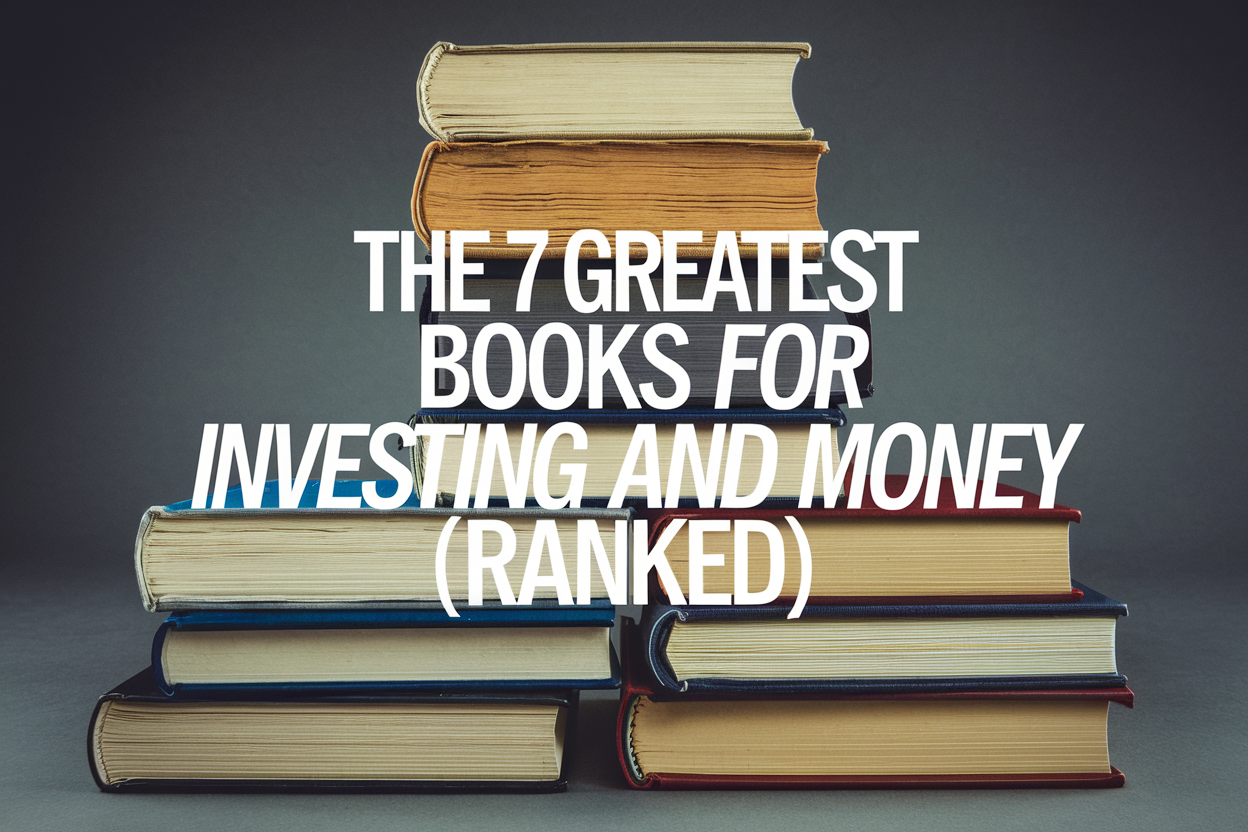Buying the dip in global philanthropy for long-term returns

Adopting investment criteria for philanthropic giving will help the sector to flourish in a world now lacking international development for poverty-stricken regions.
What’s the first thing a young investor or client adviser learns? That ‘time in the market’ beats ‘timing the market’. Long-term returns require long-term thinking. The second thing they learn is that a well-timed strategic shift can make a big difference to their portfolio and for their clients.
When it comes to philanthropy and effective altruism, it’s the combination of these two investing philosophies that can create the greatest impact.
Geopolitical turbulence and supply chain volatility have driven a pullback from international development, not only by the private sector and financiers, but also by government-backed programmes. At the same time, the US dollar is at record strength.
Conflict zones in Ukraine, the Middle East and Sudan have rightly drawn huge amounts of financial and development assistance to support humanitarian needs where they are needed most. But that means other important areas, for instance, the ongoing need to support the education of women and girls in India, mental health programming in South Africa, or securing work readiness in Latin America, are now not getting the focus they should.
This environment is uniquely suited to investors who looking to make a difference to more than just their portfolio. For individuals seeking an impact, now is an opportunity to buy into the dip in emerging market philanthropy and see their dollars make the largest possible difference to lives around the world, particularly for young people and for girls.
Adopting an investor’s mindset
Effective action to reverse cycles of poverty and lack of opportunity requires patient capital and flexible funding. Like great businesses operating through tough cycles, organisations that retain their support through challenging times are able to continue delivering impact in the long run — and the investors who hold through market headwinds, see the returns.
Ten-year funding partnerships enable local organisations to innovate, refine and strengthen their programmes and invest in the institutional capacity to sustainably deliver impact after partnerships end. The benefits of this financial stability are often only seen in the long term. So, like investment managers, we can’t deliver instant gratification.
One of the biggest challenges is that donors have come to expect instant gratification. They want to see instant outputs, that their $10 donation will supply 60 sachets of food paste or deliver a dozen vaccines.
What we’ve learned looking at growth investors, is that philanthropists should push back on this desire for instant gratification. By seeking nascent but innovative organisational models, concepts that deliver impact at scale can be supported. In other words, find the impact ‘unicorns’. With Roots of Health for example, we have acted as an incubator and accelerator. Through our partnership, the organisation has more than quadrupled its budget from $98,000 to $460,000 and its annual reach grew from 1,200 to 8,500 young people.
Boardrooms and townships
Fundamental research and experience of teams are crucial, but you can’t take the township to the boardroom, or the boardroom to the township. Partner organisations need to work with young people who have been left behind by the economic progress around them, whereas donors and board members more often than not make up the global 1 per cent of high earners.
It can be difficult for donors to wrap their heads around the barriers that young people face in the communities where we work. That’s why, historically, emerging market investors have been the greatest supporters of this approach. They understand the economic, social and structural issues impacting not just their investments, but the individuals who make up their markets.
Another challenge is that no single person could, nor would they want to, commit to funding an organisation for 10 years — let alone a diversified portfolio of 165 organisations. When investors pool their resources as a community it not only reduces organisations’ dependency on each individual donor, but also ensures that financial support remains stable, even if individual circumstances change.
The drawback is that no one individual will ever be celebrated at the community level in the way they deserve.
Taking smart risks
The philanthropic ecosystem needs to educate a wider group of investors about the benefits of bringing their professional mindset to giving.
Key principles of long-term investing, taking smart risks, backing innovations and scaling success stories — which are as critical to philanthropy as they are to finance — need to become as compelling to the wider investment community as they have been for emerging markets investors.
For successful investors looking to give back and build a programme of giving, our advice may be an echo of their own advice to clients. Get in the market and stay in. And now is as good a time as ever.

Adam Heuman, vice-president, global development, EMpower
link






